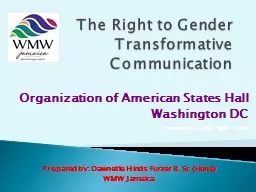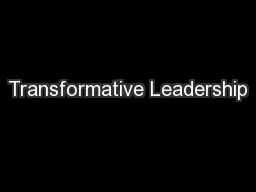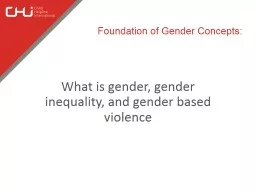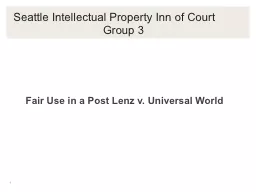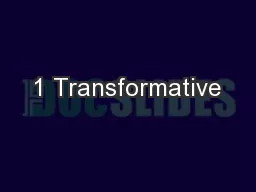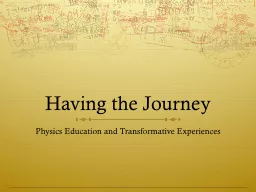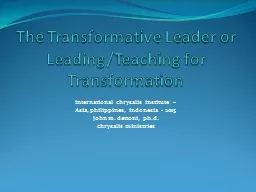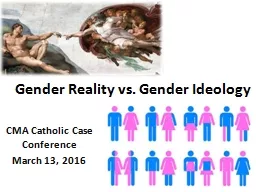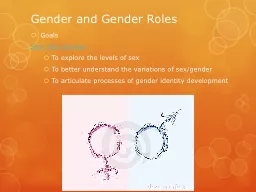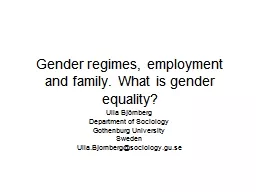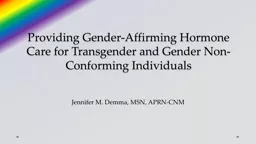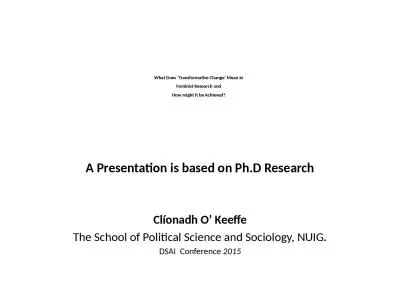PPT-The Right to Gender Transformative Communication
Author : tatiana-dople | Published Date : 2018-10-28
Organization of American States Hall Washington DC November 2 2015 900 1200 Prepared by Dawnette Hinds Furzer B Sc Hons WMW Jamaica Women have made important
Presentation Embed Code
Download Presentation
Download Presentation The PPT/PDF document "The Right to Gender Transformative Commu..." is the property of its rightful owner. Permission is granted to download and print the materials on this website for personal, non-commercial use only, and to display it on your personal computer provided you do not modify the materials and that you retain all copyright notices contained in the materials. By downloading content from our website, you accept the terms of this agreement.
The Right to Gender Transformative Communication: Transcript
Download Rules Of Document
"The Right to Gender Transformative Communication"The content belongs to its owner. You may download and print it for personal use, without modification, and keep all copyright notices. By downloading, you agree to these terms.
Related Documents

